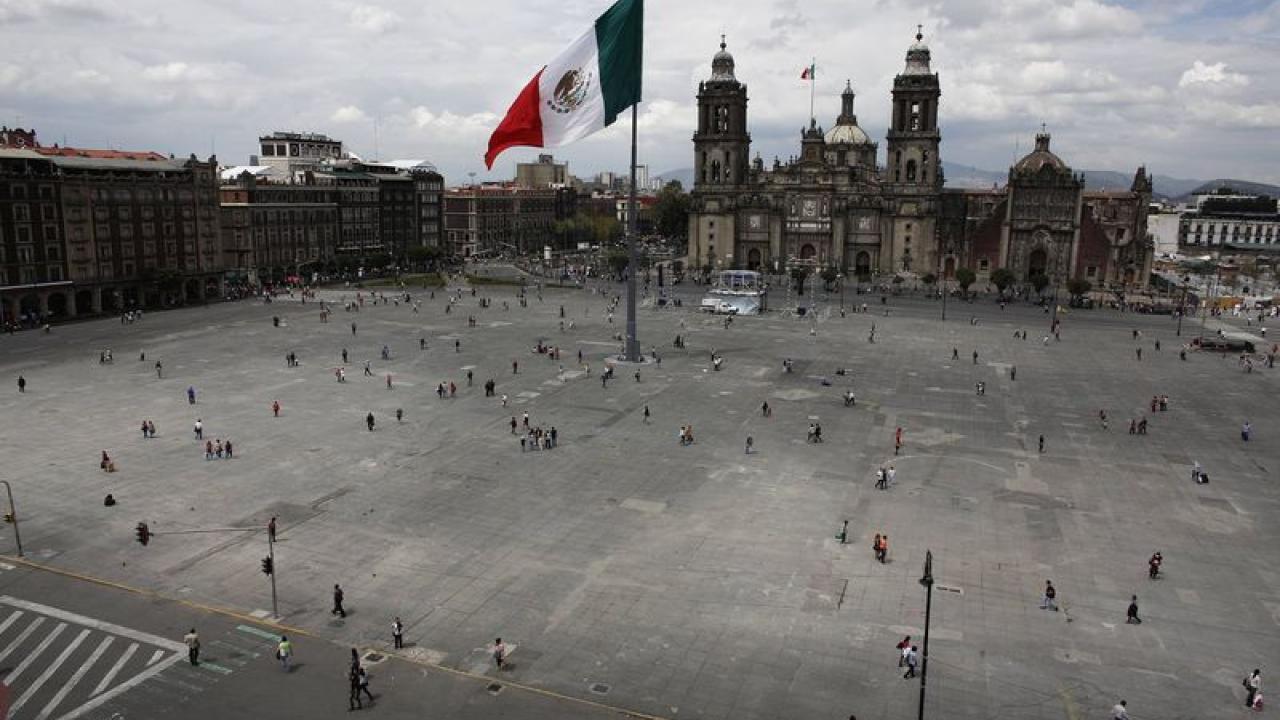
This trend is observed in South America, the Caribbean, Central America and Mexico, with an average rate of 1.8%.
The Economic Commission for Latin America and the Caribbean (ECLAC) has projected that Latin America and the Caribbean will continue on a low growth path this year, at an average rate of 1.8%, which represents a downward revision from the 2.1% forecast calculated last May.
This slow growth is expected to be observed in all subregions, with South America growing by 1.5%; Central America and Mexico by 2.2%; and the Caribbean (excluding Guyana) by 2.6%. Growth of 2.3% is expected for the entire region by 2025, a rebound that is explained in particular by the performance of South America (which will reach 2.4%).
This was announced on Tuesday by ECLAC in a new edition of its annual report "Economic Survey of Latin America and the Caribbean 2024: Low-growth trap, climate change and employment dynamics", where it emphasizes that the region remains stuck in a low-growth trap accompanied by poor investment performance and low labor productivity, in addition to the limited internal space to implement macroeconomic recovery policies and global uncertainty.
According to the report, over the past decade, Latin American countries have experienced low economic growth, with an average rate of 0.9% in the period 2015-2024. Therefore, the report points out that boosting growth is a key task for the region to be able to respond to the environmental, social and labor challenges it currently faces.
"Confronting the growth trap, increasing employment and creating more productive jobs requires strengthening productive development policies that are complemented by macroeconomic, labour, and climate change adaptation and mitigation policies," said ECLAC Executive Secretary Jose Manuel Salázar-Xirinachs.
EMPLOYMENT
In its second part, the report analyses the impact of the low-growth trap and climate change on employment dynamics. The main results indicate that there is a close relationship between growth and job creation at the aggregate and sectoral levels, so that the observed slowdown in the growth rate of the economy translated into a fall in the growth rate of the number of employed people in the last decade.
Between 2014 and 2023, the average growth in the number of employed people in the region was 1.3%, a third of that recorded in the 1970s (3.9%). There was also a drop in labour productivity, which in 2024 is estimated to be lower than that recorded in 1980.
On the other hand, the growth in employment is mainly explained by the increase in informal employment, particularly among women. As with the dynamics of total employment, informality is concentrated in the lowest productivity sectors, especially construction, trade, transport/tourism and services (which together account for 74.4% of informal workers).
Regarding the impact of climate change on employment, the ECLAC report shows a scenario in which, if investments in adaptation and mitigation are not made, the intensification of shocks associated with climate change could lead to a loss of close to 43 million jobs (i.e. 10% of the workforce) by 2050, of which some 15 million would be lost in the agricultural and tourism sectors.









